

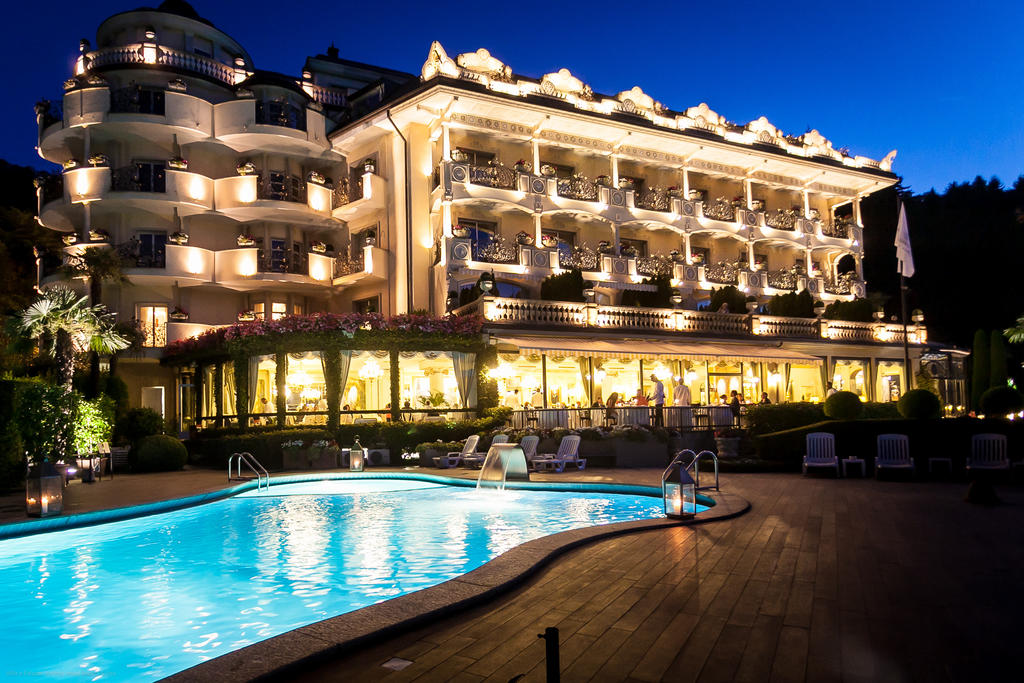



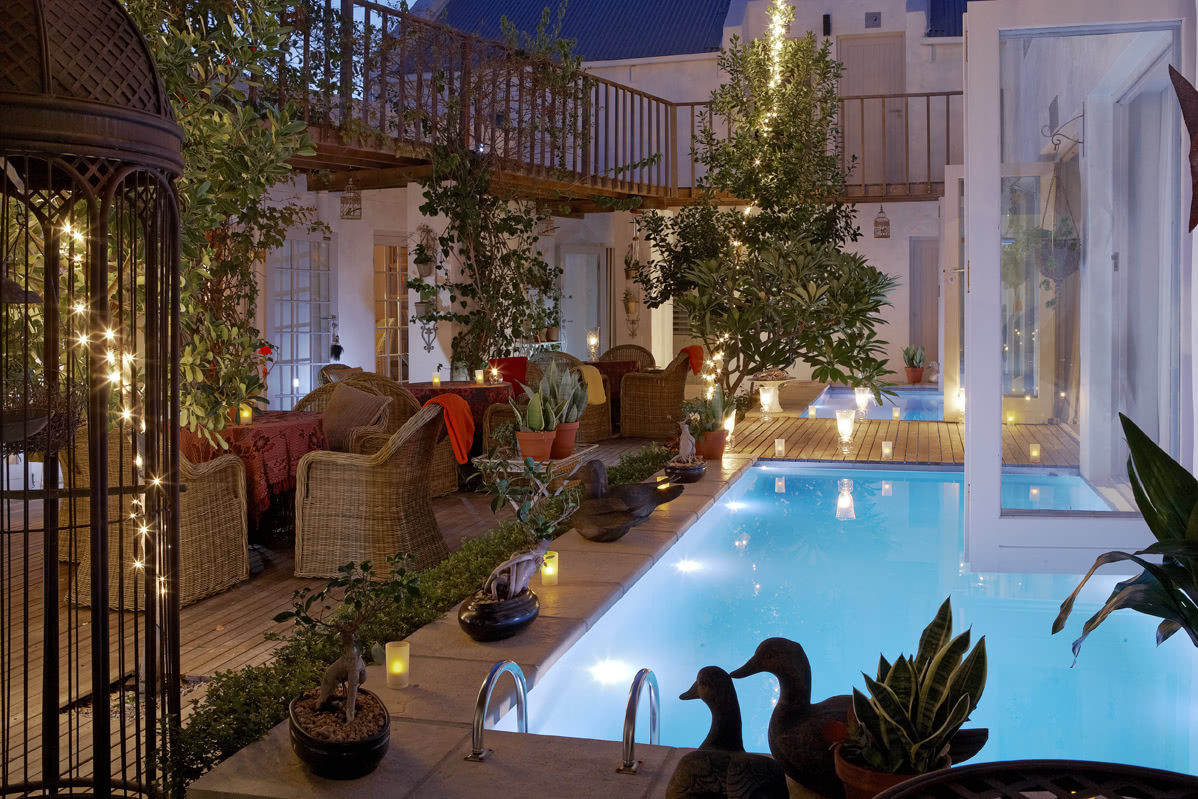
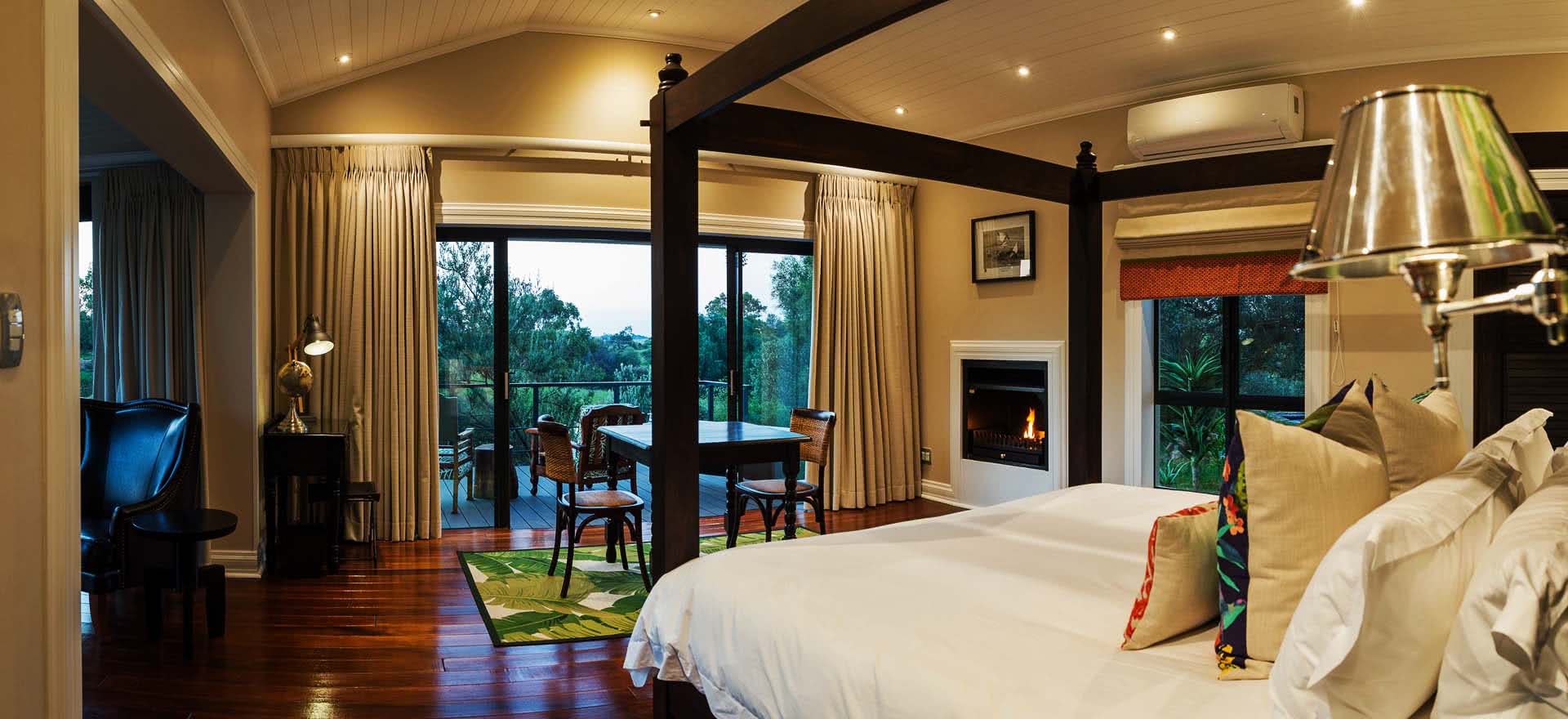
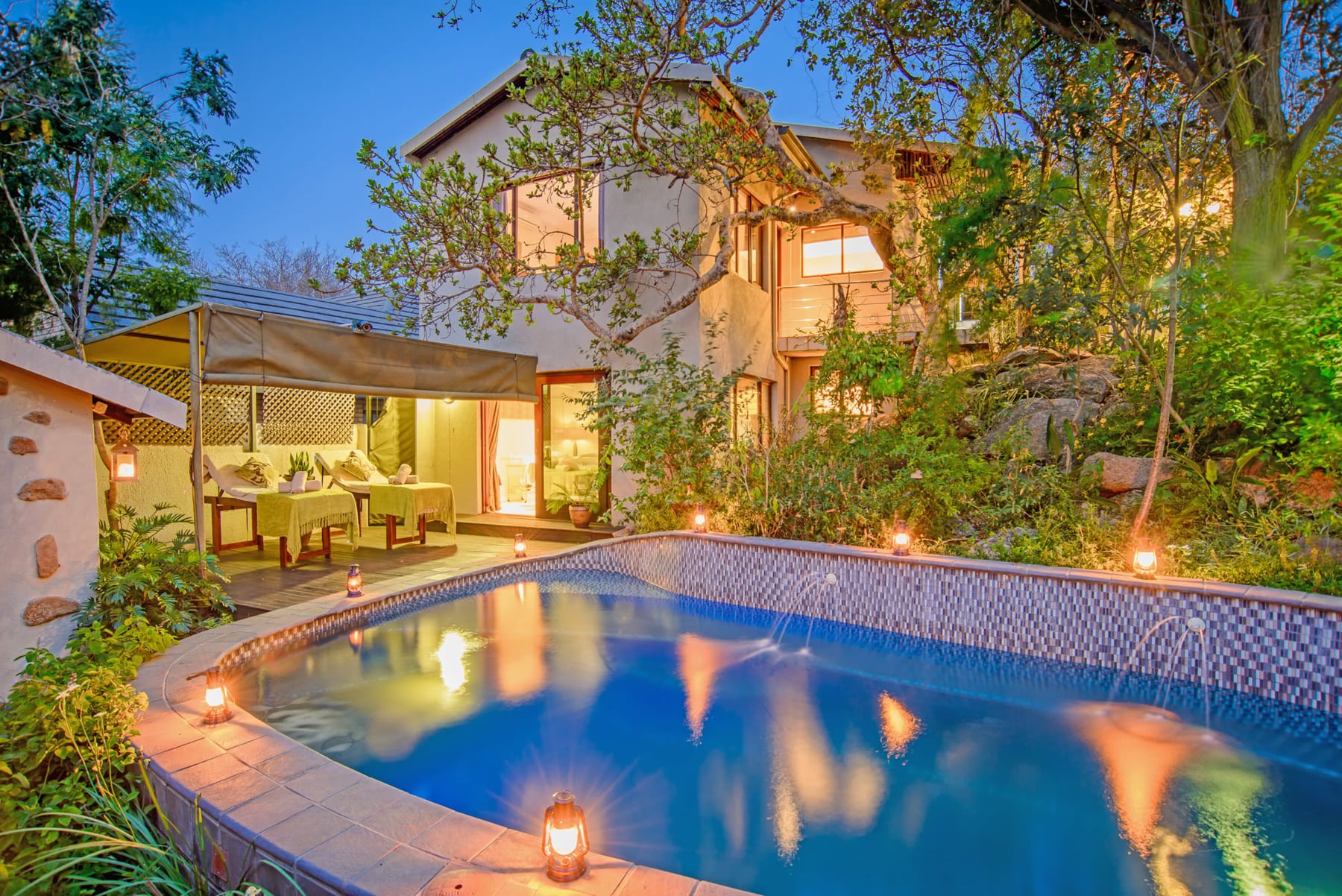




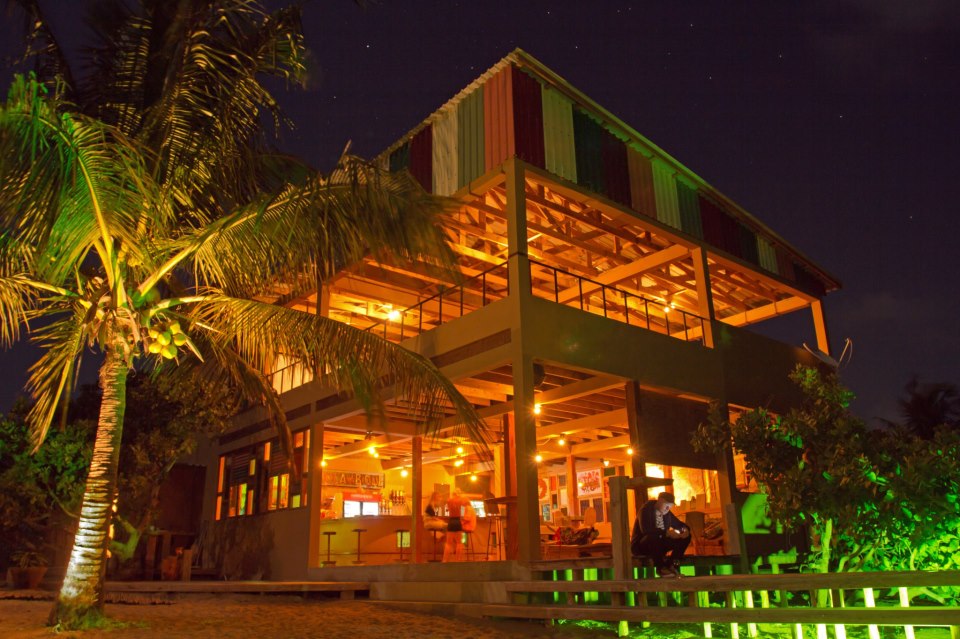




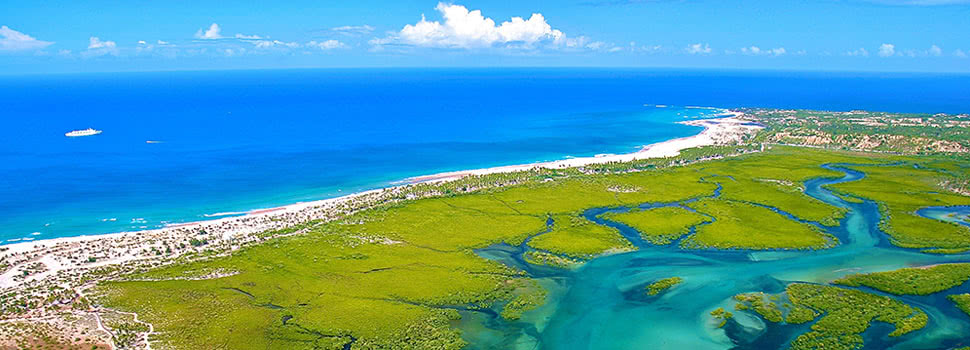
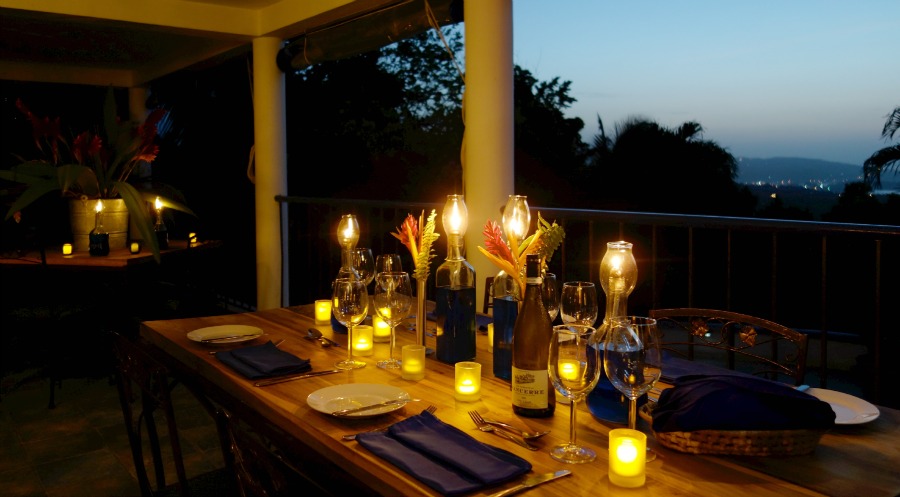



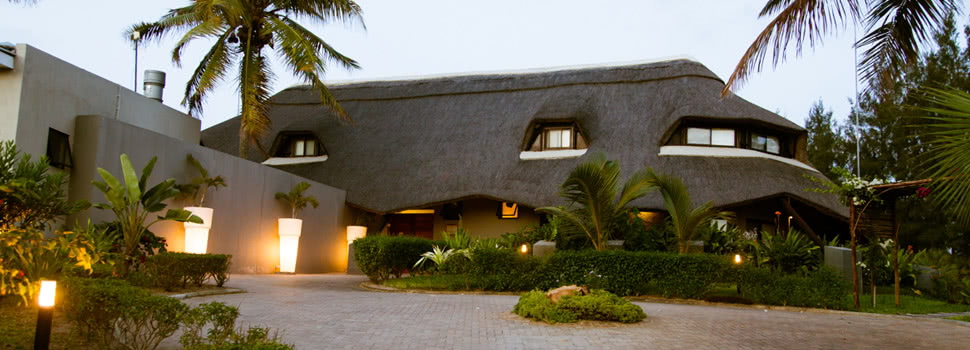



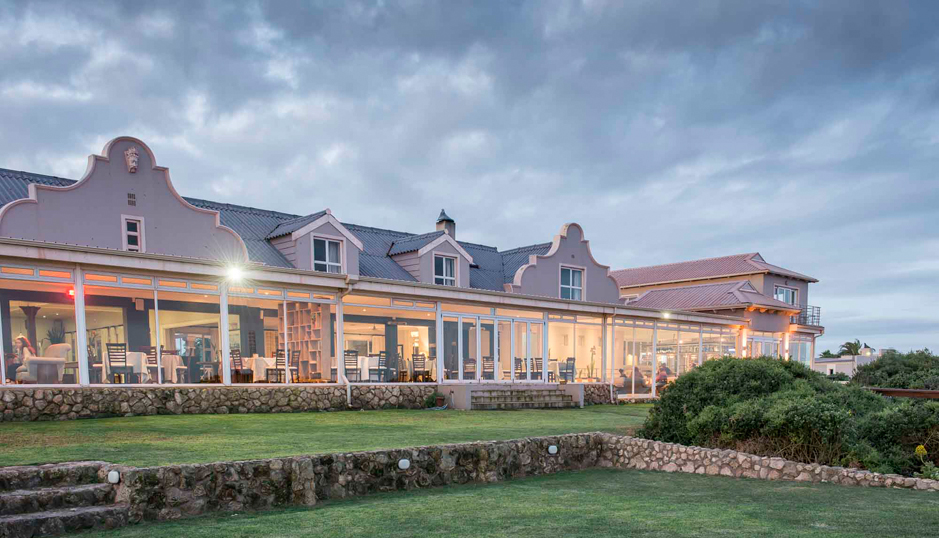


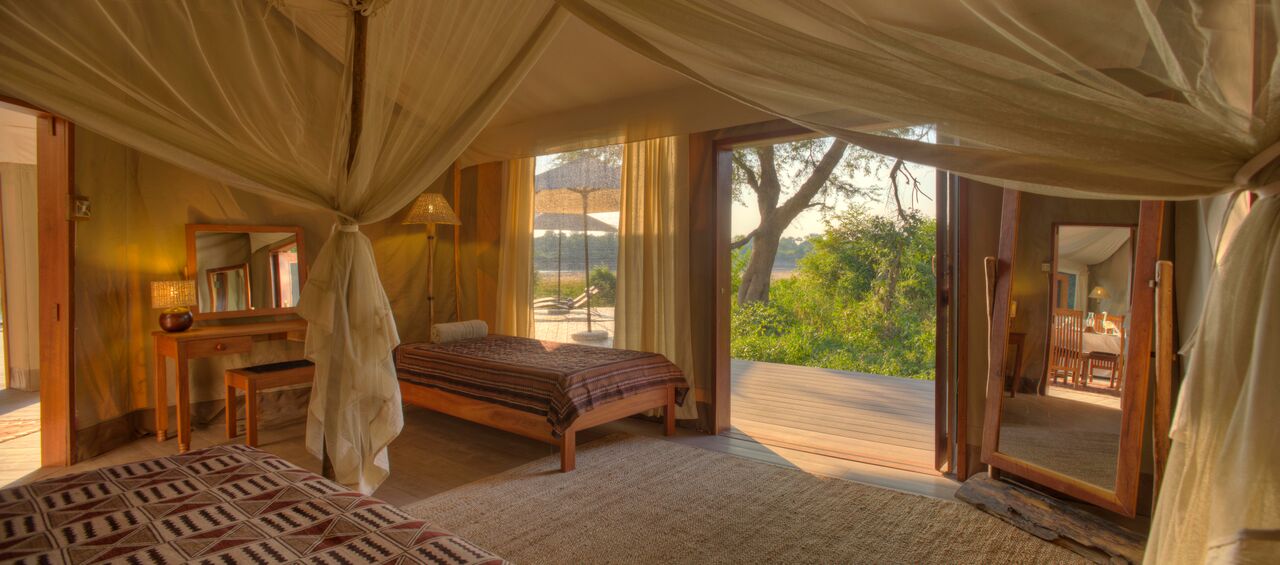


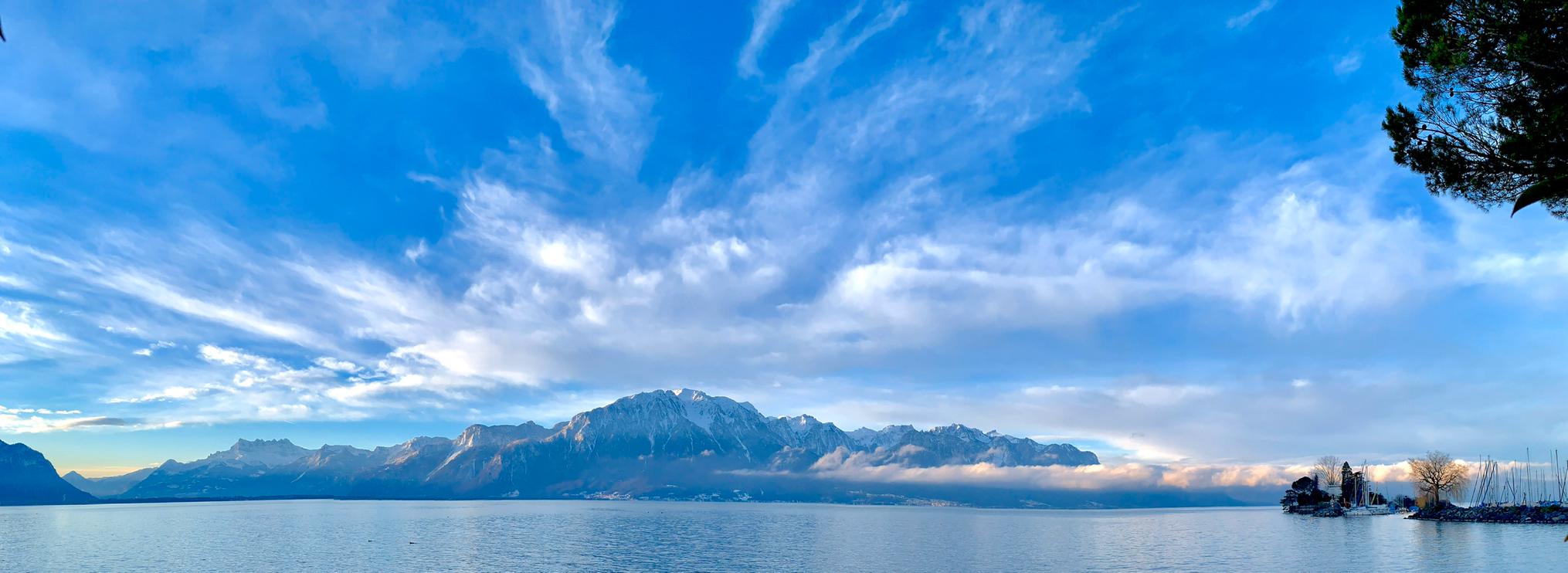


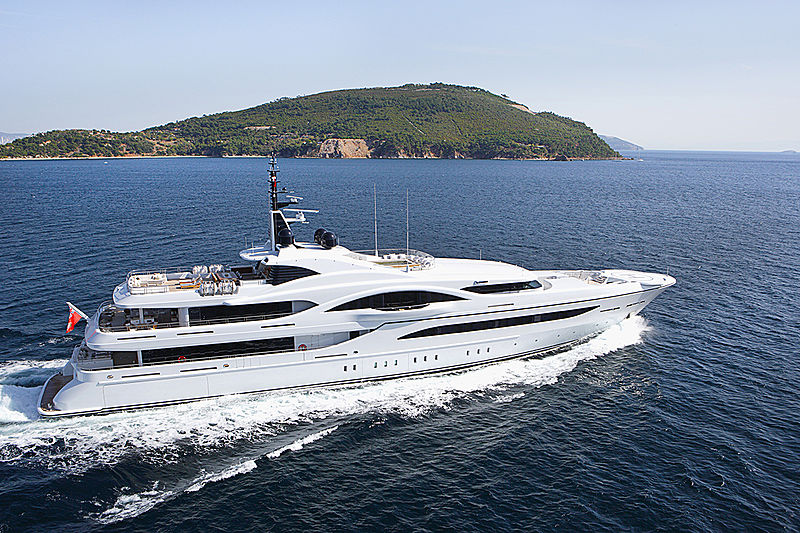














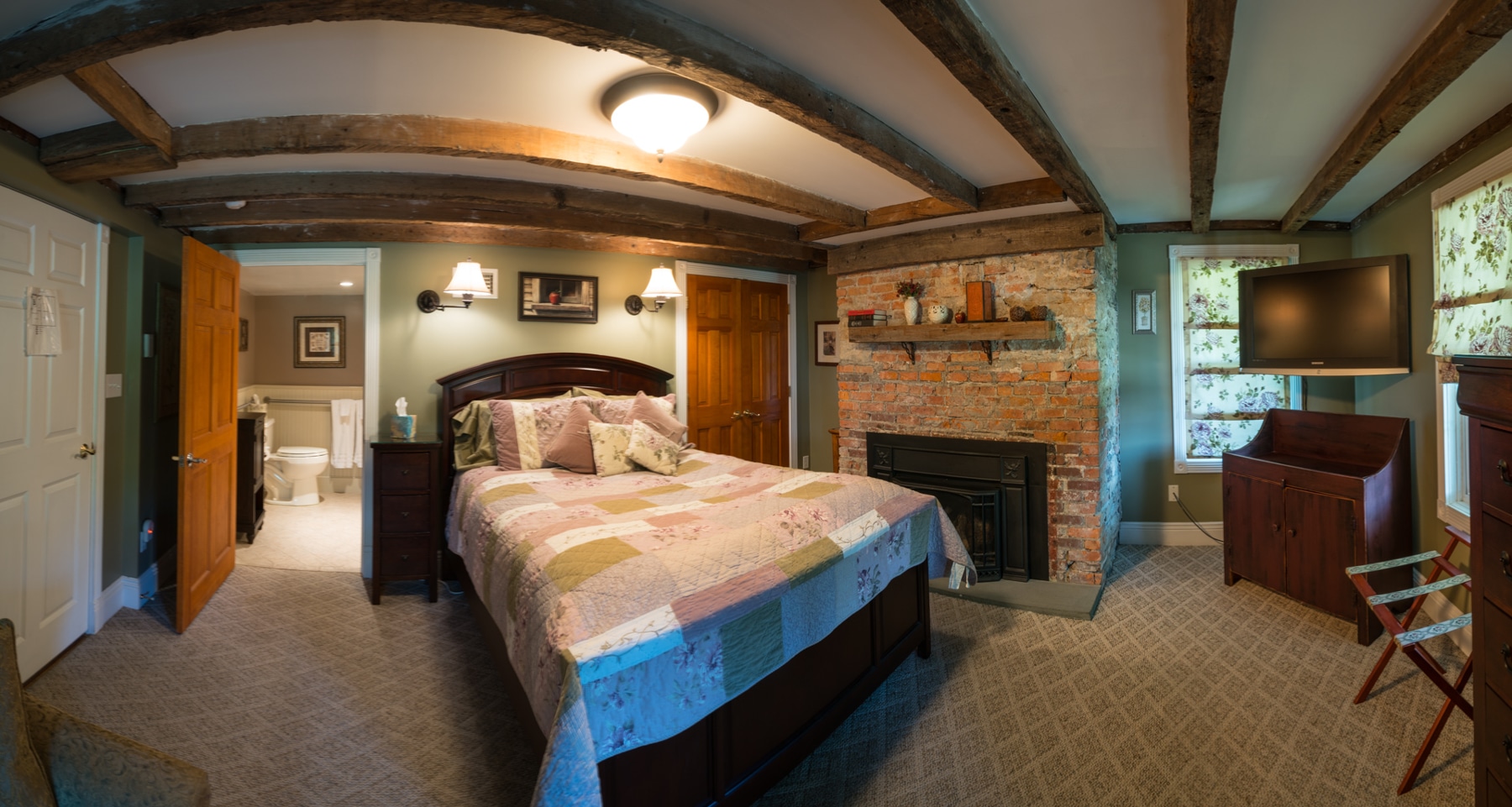






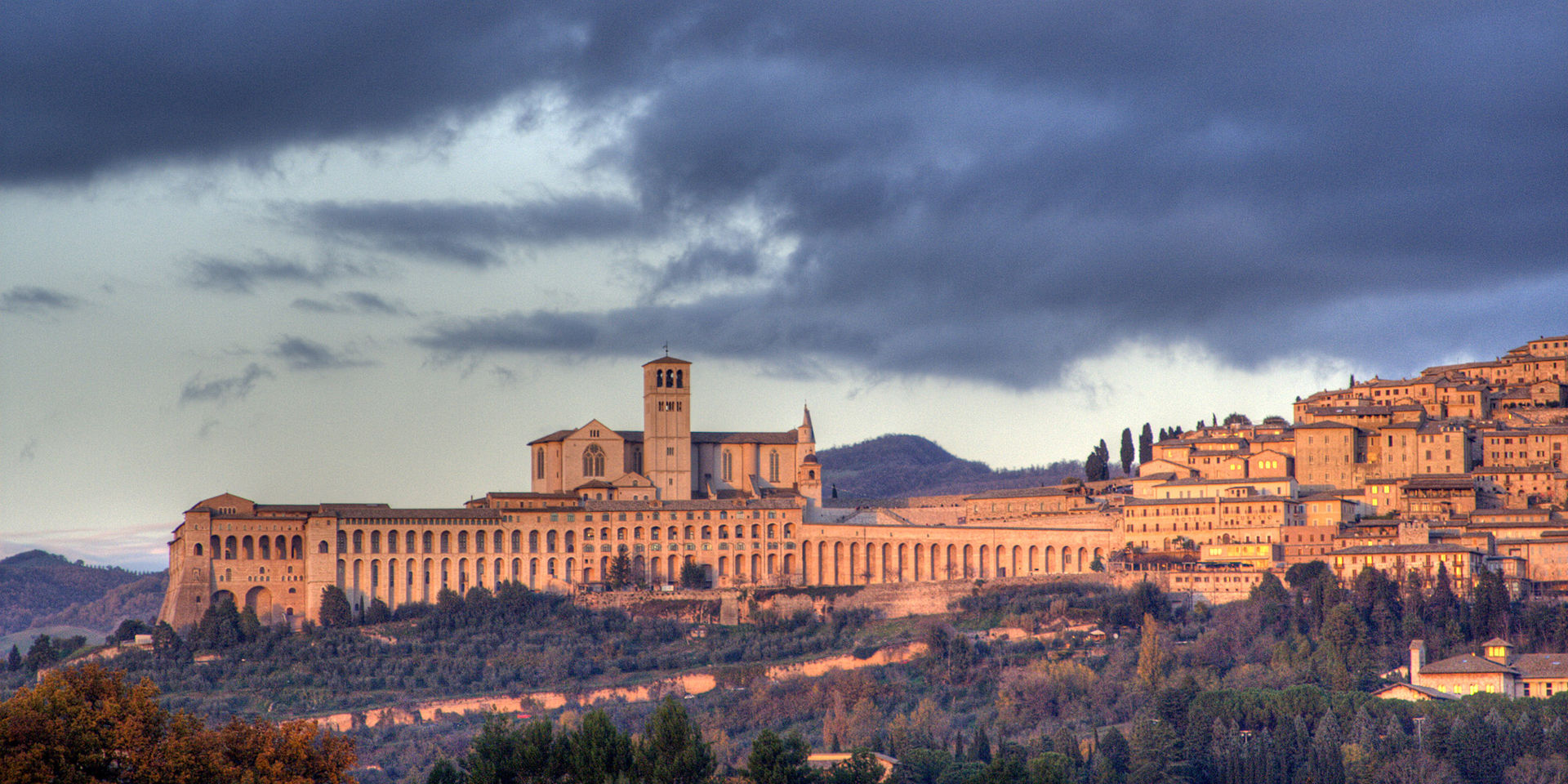
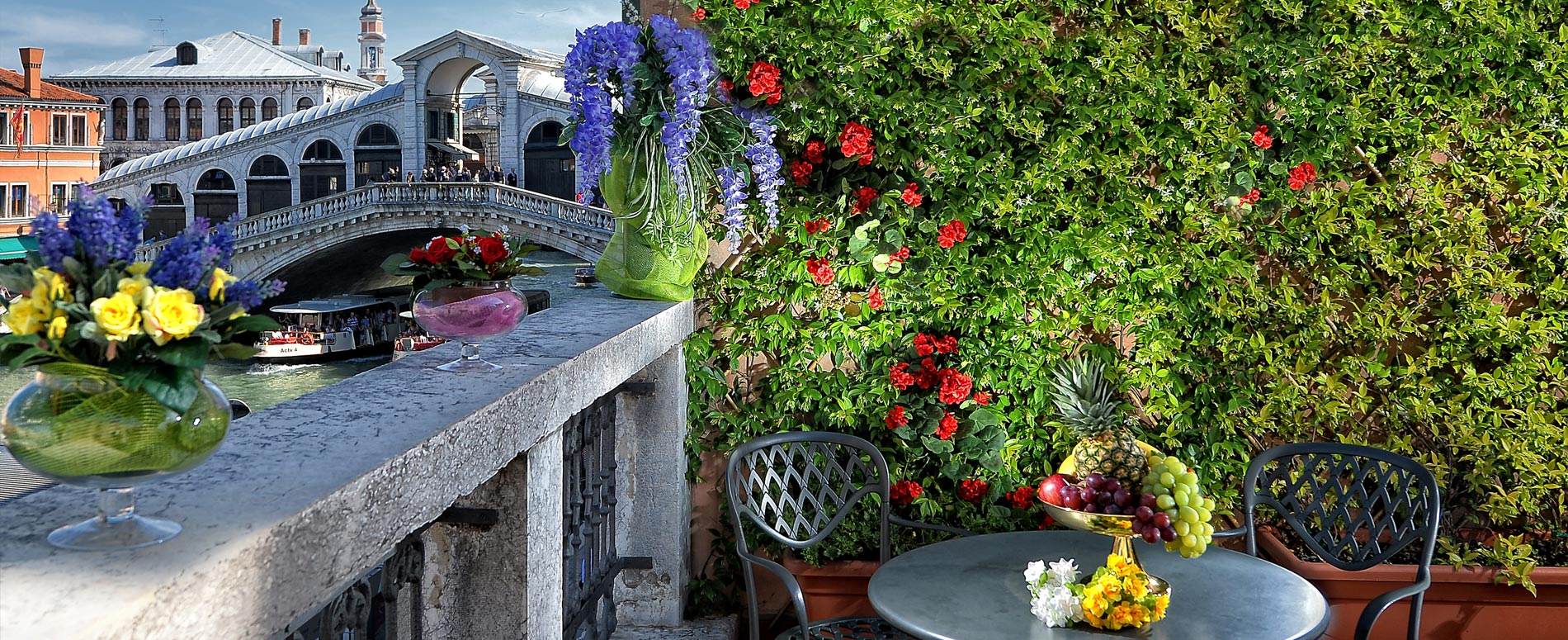






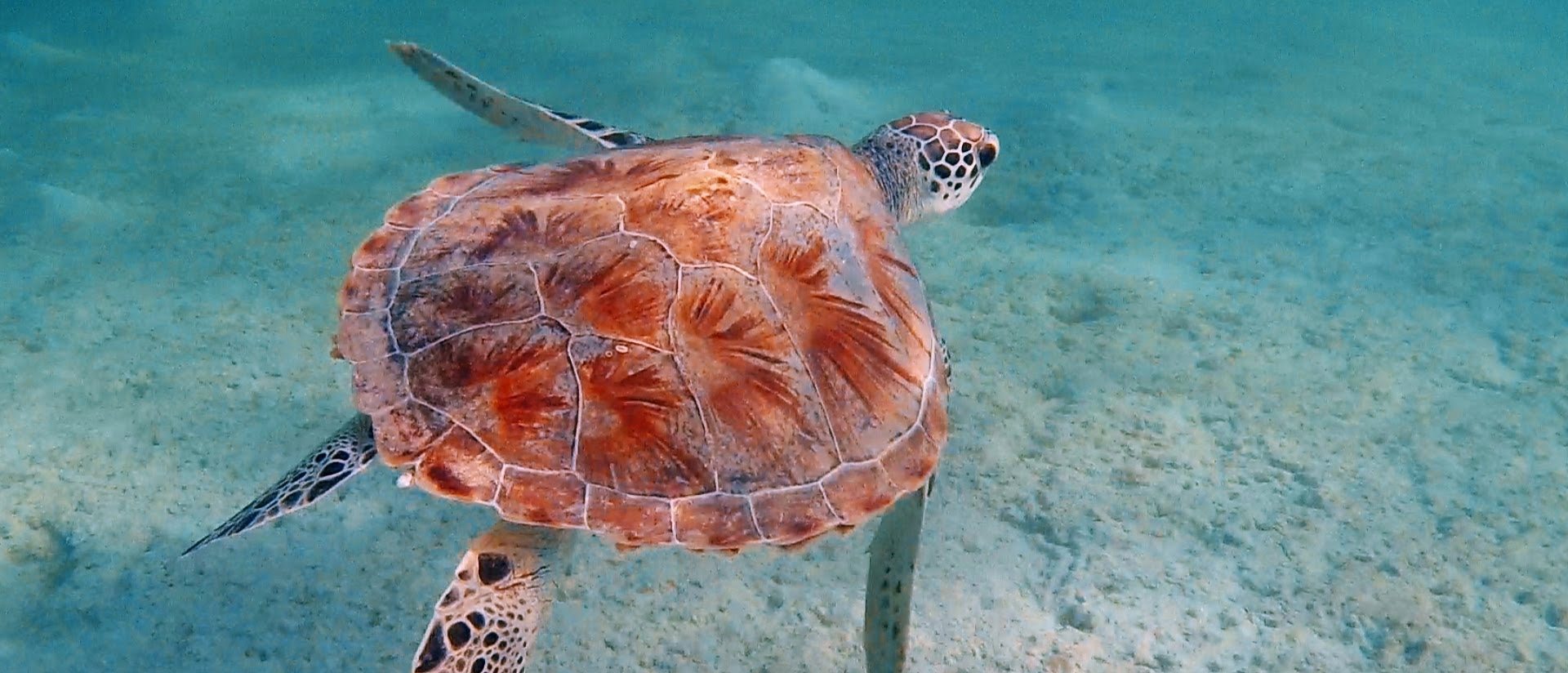

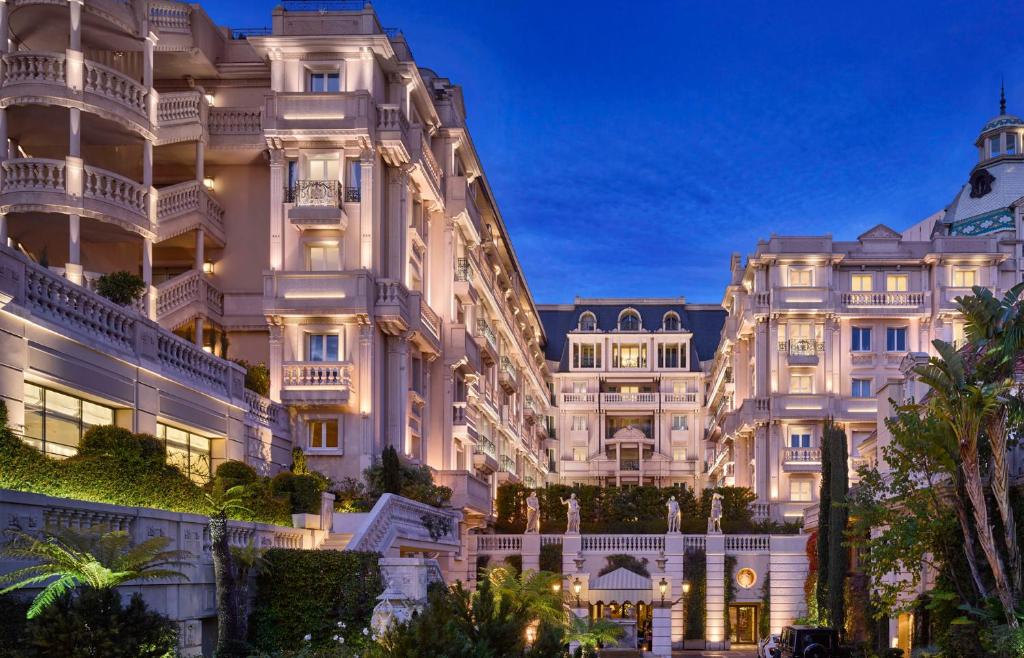


Namibia
Agent: Cliff Jacobs - Managing Principal Estate Agent & CEO (Nat.Dpl.Hotel Man (UJ). M.P.R.E.)
Agent Cellphone: +27 (0) 84 413 1071 / +27 (0) 61 716 6951
Agent Office Number: +27 (0) 21 554 0283
Agent Email Address: cliff@exquisitehotelconsultants.com
Type: Hospitality Project
Bedrooms: 0
Bathrooms: 0
Parking: 0
Yield: Not Disclosed
About Namibia
Climb the highest sand dunes in the world. Descend to the floor of the deepest canyon in Africa. Immerse yourself in the past at one of the Africa's richest rock art sites, and watch wildlife shimmer against one of the most spectacular pans on earth. Explore the oldest, driest desert in the world and take time to listen to the silence and to your soul.
Namibia is home to vibrant cities where people are excited about the future, while remaining deeply connected to their rich, cultural past. A stable, democratic government, infrastructure that allows guests to move confidently off the beaten path and endless horizons that beckon you to explore define this country and its people.
This is Namibia, where you are sure to find adventure, and you may just find yourself.
History
The history of this land can be found carved into rock paintings found to the south and in Twyfelfontein, some dating back to 26,000 B.C. A long lineage of various groups including San Bushmen, Bantu herdsmen and finally the Himba, Herero and Nama tribes among others have been making this rugged land home for thousands of years.
But, as Namibia has one of the world's most barren and inhospitable coastlines, it wasn't until the middle of the nineteenth century that explorers, ivory hunters, prospectors and missionaries began to journey into its interior. Beyond these visitors, Namibia was largely spared the attentions of European powers until the end of the 19th century when it was colonized by Germany.
The colonization period was marred by many conflicts and rebellions by the pre-colonial Namibia population until WWI when it abruptly ended upon Germany's surrender to the South African expeditionary army. In effect, this transition only traded one colonial experience for another.
In 1966 the South West Africa People's Organisation (SWAPO) launched the war for liberation for the area soon-named Namibia. The struggle for independence intensified and continued until South Africa agreed in 1988 to end its Apartheid administration. After democratic elections were held in 1989, Namibia became an independent state on March 21, 1990.
To date, Namibia boasts a proud record of uninterrupted peace and stability for all to enjoy.
Conservation
Conservation is a cornerstone of the Namibian experience.
Namibia was the first African country to incorporate protection of the environment into its constitution, and the government has reinforced this by giving its communities the opportunity and rights to manage their wildlife through communal conservancies.
Today, over 43% of Namibia's surface area is under conservation management. This includes national parks and reserves, communal and commercial conservancies, community forests, and private nature reserves.
After Independence in 1990, visionary conservationists in the field and the Ministry of Environment and Tourism enacted policy changes that allowed rural communities to benefit from wildlife by forming conservancies. In 1998, the first four conservancies were registered.
Today, more than 70 registered conservancies embrace one in four rural Namibians. A sense of ownership over wildlife and other resources is encouraging people to use their resources sustainably. Wildlife is now embraced as a complimentary land use method to agriculture and livestock herding.
People are living with wildlife, including predators and large mammals, and are managing their natural resources wisely. They are also reaping the benefits. In 2009, community-based natural resource management generated over N$ 42 million in income to rural Namibians. All the while, the program is facilitating a remarkable recovery of wildlife.
Namibia now boasts the largest free-roaming population of black rhinos and cheetahs in the world and is the only country with an expanding population of free-roaming lions. Namibia's elephant population more than doubled between 1995 and 2008 from 7,500 to over 16,000 individuals. This remarkable turnaround has led some to call Namibia's conservation efforts the greatest African wildlife recovery story over told.
Culture
Namibia is truly unique, influenced by various cultures during colonization and now reborn from the shadows of Apartheid in 1990. What has emerged is a true sense of unity in diversity, the coming together of at least 11 major ethnic groups, each celebrating their past while working together toward the future. You will notice this in dress, language, art, music, sport, food and religion. There exists a wonderful collage, but first and foremost, Namibians are proud to be Namibian. And for good reason.
Geography
Part of the allure of Namibia is that it's four countries in one.
Four different landscapes, each with its own characteristics and attractions. The most definitive is the Namib, a long coastal desert that runs the length of the country and is highlighted with migrating dune belts, dry riverbeds and canyons. The central plateau is home the majority of Namibia towns and villages and is divided between rugged mountain ranges and sand-filled valleys.
Next is the vast Kalahari Desert with its ancient red sand and sparse vegetation. Finally, Kavango and Caprivi, blessed with generous amounts of rain and typified by tropical forests, perennial rivers and woodland savannahs.
Climate
This is Africa and the climate reflects it. But just as Namibia is filled with contrasting geography, equivalent climactic differences do apply depending on your location.
Partially covered by the Namib, one of the world's driest deserts, Namibia's climate is generally very dry and pleasant. The cold Benguella current keeps the coast cool, damp and free of rain for most of the year. Inland, all the rain falls in summer (November to April). January and February are hot, when daytime temperatures in the interior can exceed 40ºC (104ºF), but nights are usually cool. Winter nights can be fairly cold, but days are generally warm and quite nice.
The bottom line: Namibia is a year-round destination. Just pack accordingly.
Wildlife
The ruggedness of the Namibian landscape has obviously done nothing to deter both flora and fauna from adapting and thriving. Here, the very act of survival can sometimes be an art. The shear abundance and variety of wildlife of all sizes is staggering.
Namibians are deeply committed to protecting our natural resources and the country's richness of wildlife can be attributed in large part to this commitment to conservation. Namibians are committed to living side by side with wildlife, including predators and large mammals. Namibia is the only country in the world where large numbers of rare and endangered wildlife are translocated from national parks to open communal land. This commitment to protecting wildlife is especially important given the country's remarkable diversity of species and high level of endemism.
Namibia is home to approximately 4,350 species and subspecies of vascular plants, of which 17% are endemic. Six hundred and seventy-six bird species have been recorded, of which over 90 are endemic to Southern Africa and 13 to Namibia. Furthermore, 217 species of mammals are found in Namibia, 26 of which are endemic, including unique desert-dwelling rhino and elephants. This high level of endemism gives Namibia's conservation of biodiversity a global significance.
Fast Facts
Area: Namibia covers 824,292 sq km (318,259 sq mi).
Location: Situated on the southwestern coast of Africa, Namibia borders Angola and Zambia in the north, South Africa in the south and Botswana in the east.
Population: Slightly more than 2.3 million.
Capital City: Windhoek
Official name: Republic of Namibia
Date of Independence: 21 March 1990
System of Government: Multi-party Democracy
Head of State: President Dr Hage Geingob since 2015.
Prime Minister: Saara Kuugongelwa-Amadhila since 2015.
Language: English, German, Afrikaans, Oshiwambo, Rukwangari, Silozi, Otjiherero, Damara, Nama, Khisan and Setswana
Literacy: The current literacy rate in Namibia is about 83%, one of the highest in Africa.
Religion: Freedom of religion was adopted through Namibia's Bill of Fundamental Rights. About 90% of the population is Christian.
Currency: The Namibia Dollar (N$); the Namibia Dollar and South African Rand are the only legal tender in Namibia and can be used freely to purchase goods and services.
Time Zones: Summertime: GMT + 2 hours from the 1st Sunday in September to the 1st Sunday in April. Wintertime: GMT + 1 hour from the 1st Sunday in April to the 1st Sunday in September.
Electricity: 220 volts AC, 50hz. Outlets are of the round three-pin type.
Namibia is characterized by its desert habitat. The harsh environment forms a magnificent backdrop for a different kind of safari. Animal populations are smaller, but sightings in this sparse setting tend to be rewarding. Not to be missed is Etosha Pan, the largest salt pan in Africa and a seasonal wildlife magnet.
Overview of the regions and towns:
Caprivi
The Caprivi Strip is situated in the northeast of Namibia and unlike the rest of the country is blessed with good rainfalls. The name Caprivi or Caprivi Strip is still in common use although the region had been officially renamed to Zambezi in 2013.
Damaraland
The "Damaraland" is part of the Kunene Region in the northwest of Namibia and is located between the Brandberg and the little village of Sesfontein. Damaraland is characterised by its rocky and rugged landscapes of rough, fascinating beauty.
Erongo region
The Erongo Region in central-western Namibia is an ideal stop-over for everyone on the way from Namibia’s capital Windhoek to Swakopmund in the west or the Etosha National Park in the north and the northwestern areas of the Damaraland or Kaokoveld.
Etosha region
Apart from the Etosha National Park the region also includes southern areas up to Outjo as well as the regions east and west of the Park. The whole area is dominated by the famous Etosha National Park. The Park is one of the most important game reserves in Africa and is home to numerous game species.
Fish River region
The vast Fish River Region with its impressive landscapes is situated in the far south of Namibia and stretches from the South African border up to the small town of Aus in the south-west and further to Keetmanshoop in the south-east of Namibia.
Kalahari region
The Kalahari Region in Namibia forms part of the 2.5 million square metre large Kalahari Basin, one of the largest coherent sand expanses worldwide. The central parts of the Kalahari Basin consists of the Kalahari Savanna also known as the Kalahari Desert.
Kaokoveld
The Kaokoveld is part of the Kunene Region in the far northwest of Namibia. The Kaokoveld is bordered by the Kunene River in the north, the Atlantic Ocean in the west, and the Central North Region in the east and Damaraland.
Kavango
The Kavango Region includes the politically separated areas Kavango-East and Kavango-West. Life in the Kavango Region, the natural surrounding, and the culture are strongly influenced by the Okavango, a majestic river originating from the Angolan highlands and flowing into the Okavango Delta in Botswana.
Lüderitz
A visit of Lüderitz, the small harbour town in the southwest of Namibia, is recommended if some cooling down and recreation is needed after a hot journey through the south of Namibia.
North Central
The region ‘Central North’ formerly known as Ovamboland includes the four political regions Oshikoto, Ohangwena, Omusati and Oshana. The population here consists mainly of the people from the Ovambo language group. About half of Namibia’s population lives in the Central North and compared to the rest of the country the population density is relatively high.
Omaheke
Politically spoken the Omaheke forms one of the 14 administration regions of Namibia. This website extends the Omaheke Region as the geographical boundary between the Kalahari Region in the south and the Kavango Region in the north, fully aware of the fact that the Omaheke is part of the Kalahari.
Otavi
The Otavi Region is located east of the Etosha National Park on the road connecting Namibia's capital Windhoek and the densely populated north of Namibia and the Kavango-Caprivi Region. The three towns Otavi, Tsumeb and Grootfontein make up the so-called Otavi Triangle. In its centre lies the scenic Otavi mountain range.
Sossusvlei region
The Sossusvlei Region is situated in south-western Namibia and is characterised mainly by the Namib Naukluft Park and its highlight Sossusvlei and Dead Vlei. The Region is very diverse with the breath-taking Namib Desert to the west and the Great escarpment to the far east.
Swakopmund
Swakopmund is the capital of the Erongo Region and has about 34,000 inhabitants. Swakopmund serves mainly as a holiday resort and is thus of touristic importance. Swakopmund is known as the activity centre of Namibia, nowhere else in the country will travellers find such a variety of possible activities.
Swakopmund Surrounds
The region surrounding Swakopmund is very diverse. One can find the characteristic sand desert and gravel plains, as well as savanna and mountainous landscapes of the Great Escarpment. The areas within the Namib Naukluft Park and the Dorob National Park are especially scenic.
Walvis Bay
Walvis Bay is a harbour town at the Atlantic coast in Namibia. Walvis Bay is the third-largest town in Namibia and hosts the only deepwater port in the country. As the water of the coastal area is very clean Walvis Bay is known for its high-quality fish, oysters, rock lobsters, etc.
Waterberg
The region around the Waterberg, including the town Otjiwarongo and the Hochfeld area, are ideally situated for travellers on the way from Windhoek to the north and to the Etosha National Park. The Waterberg Mountain forms the centre of the region and is one of the main attractions of Namibia.
Windhoek
Windhoek is the capital of Namibia and has around 300,000 and has an African-European charm. The city is 100% suitable for Africa greenhorns. Windhoek offers quite a few places of interest for example the Christchurch, the Tintenpalast (seat of the government), the old fort "Alte Feste" the monument of the German rider as well as several museums and galleries.
Windhoek Surrounds
The region of the Windhoek surrounds is located in the central highlands between the Kalahari and the Great Escarpment. The traveller can expect different landscape structures and countless accommodation facilities. This region is ideal for staying over at the beginning of your journey.

















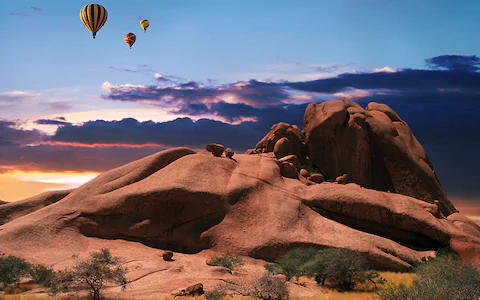








Cliff Jacobs (Nat Dpl Hotel Man (UJ). MPRE. GA Level 5 TEFL) Managing Principal / CEO Exquisite Hotel Consultants (Pty) Ltd Mobile: +27 (0) 84 413 1071 / +27 (0) 61 716 6951 Landline: +27 (0) 21 554 0283 Email: cliff@exquisitehotelconsultants.com Web: https://www.exquisitehotelconsultants.com C/o Sybelstrasse 69 10629 Berlin GERMANY © All rights reserved Terms and Conditions apply Scroll down to view our Hospitality Properties and Businesses for sale or lease or lease-to-buy or partnership arrangement or management agreement arrangement